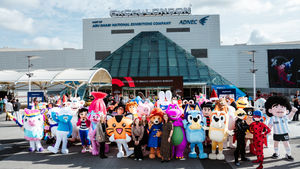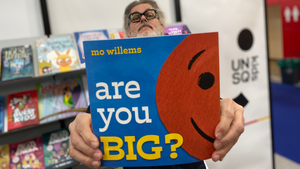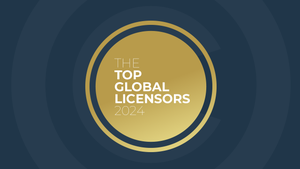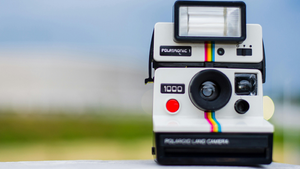Protecting a core brand is of the utmost importance–after all, it is the livelihood of any licensor. But how do companies tackle an issue that seems to grow larger and larger as the world becomes increasingly interconnected.
April 10, 2018
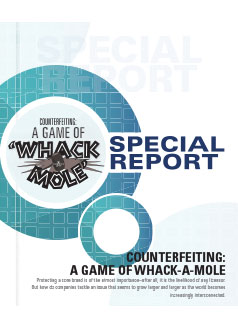
Sponsored Content
In this report find out how companies tackle an issue that seems to grow larger and larger as the world becomes increasingly interconnected.
2015, U.S. Customs and Border Protection seized more than $1.3 billion in intellectual property rights-infringing goods, a 10 percent increase over 2014
That year, the U.S. made 538 arrests that resulted in 339 indictments and 357 convictions.
It is projected that the global economic value of counterfeiting and piracy could reach $2.3 trillion by 2022
Read the complete report.
You May Also Like
